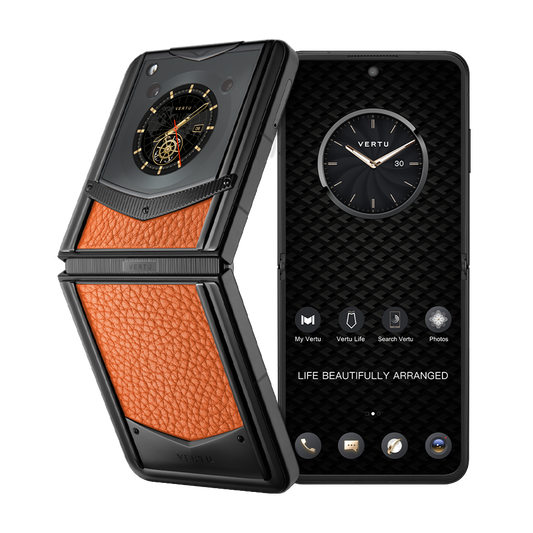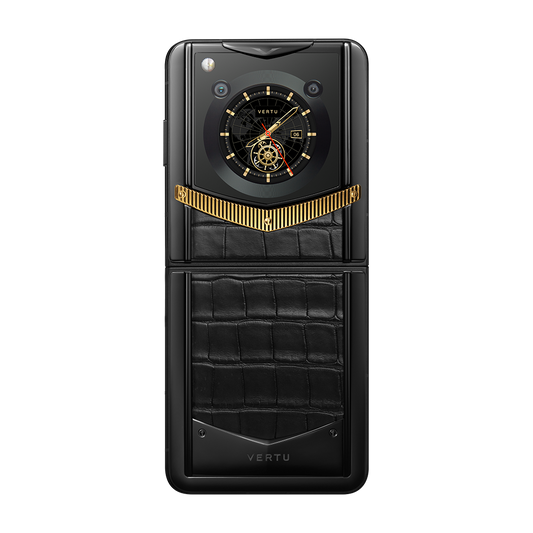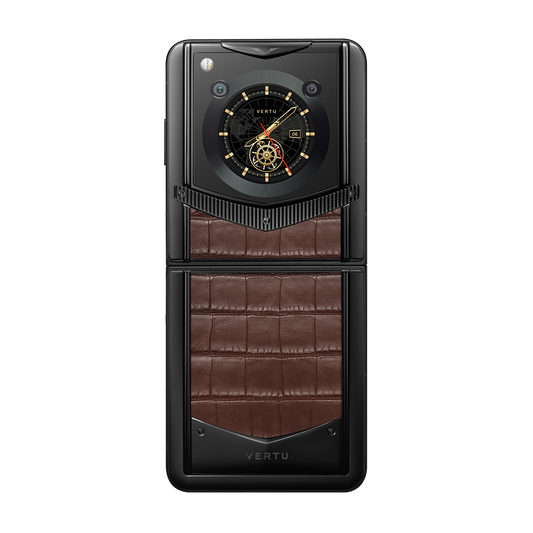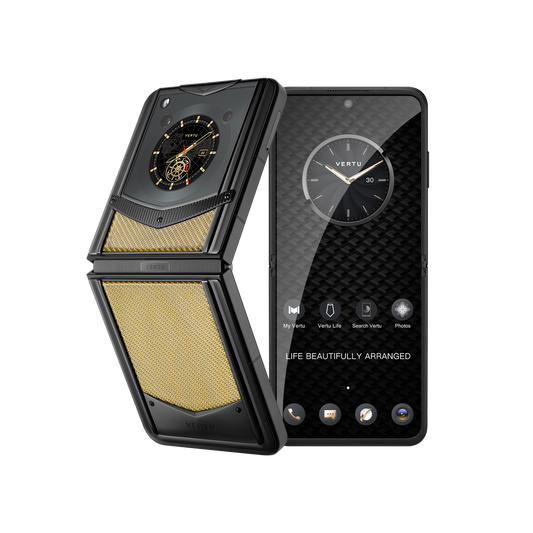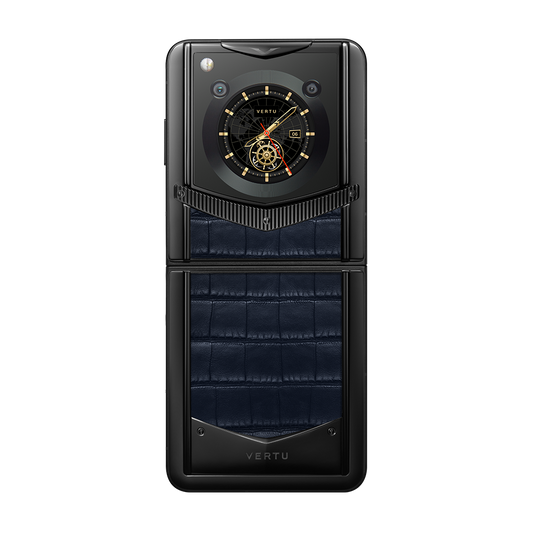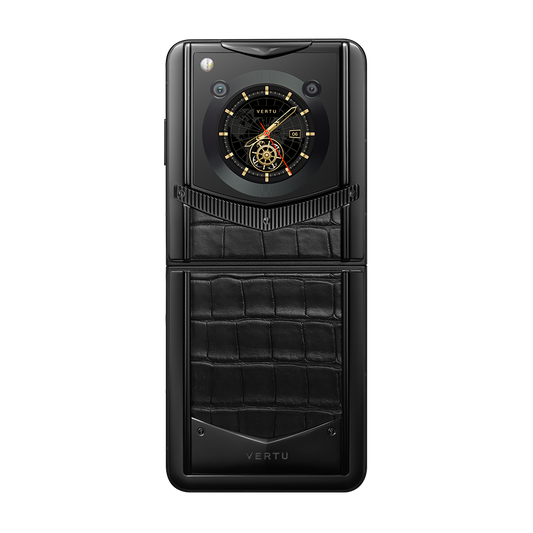LVMH Jewelry Brands Ready for Battle
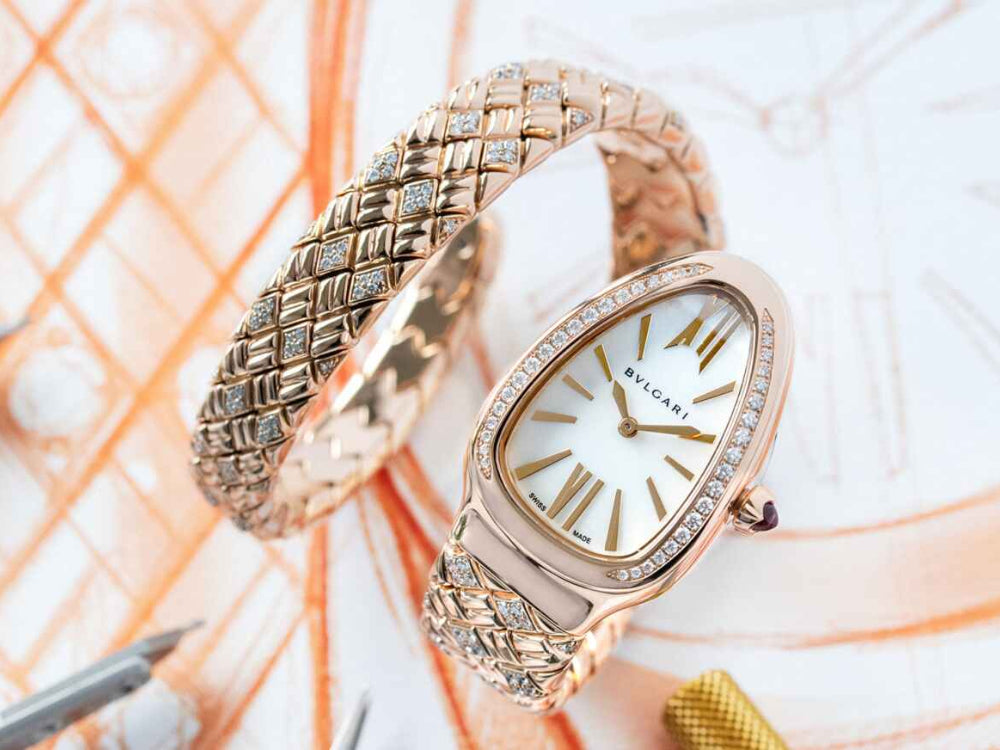
According to Fashion Business Alert, Bulgari, LVMH's fine jewelry brand, has appointed Mary Katrantzou as its first creative director of leather goods and accessories collections. In this role, she will collaborate with Lucia Silvestri, the brand's creative director of jewelry, and will be responsible for designing products such as handbags and high-jewelry clutches. Mary Katrantzou's first collection for Bulgari will be available in stores from August this year.
Her intricate printed dresses bring the myths of ancient Greek civilization to life, which perfectly aligns with Bulgari's design style of incorporating bold color palettes into fine jewelry, drawing inspiration from ancient Roman culture. In a press release, Jean-Christophe Babin stated that Mary Katrantzou's commitment to excellent craftsmanship, unique sense of materials, and love of colour were the primary reasons for her appointment as Creative Director of Leather Goods and Accessories.
This appointment demonstrates Bulgari's intention to enhance its competitiveness in the market through style and handbag categories. Bulgari has always been highly recognizable in the market due to its ancient Roman narrative and strong southern European style, which is formed by iconic elements such as the serpent, mosaic, and eight-petaled flower. Unlike other fine jewelry brands that focus on diamonds, Bulgari's brand image is unique and distinctive. However, the influx of fashion houses into fine jewelry is likely to change this.
Their arrival has brought a fresh creative perspective to the world of fine jewelry, captivating a generation of visually-oriented young people by incorporating storytelling and styling. While some insiders in the industry have suggested that fine jewelry brands need to establish a deeper foundation of trust with consumers due to the unique nature of their products, Bulgari's sense of crisis is understandable given the loyalty of its core fashion customers.
To face the growing competition in the market, Bulgari has decided to focus on its existing territory by emphasizing extreme style and enhancing its creative ability to build a strong brand.
Additionally, Bulgari has a significant advantage in the handbag category, which is considered a profitable segment. Handbags are a common means for fine jewelry brands to complete their brand matrix due to their lower price threshold and higher profit margins compared to jewelry.
In this way, LVMH can operate a hard luxury brand concept with a soft luxury mindset. Hard luxury brands are more important to the long-term accumulation of brand history and exclusive craftsmanship, rather than short-term hot topics, making their marketing strategy conservative compared to fashion brands. Meanwhile, the hard luxury sector heavily depends on supply chain capacity, with a production and sales system that involves multiple links. This leads to a prolonged product launch cycle and affects the marketing rhythm.
In this context, Bulgari avoided the possibility of potential incompatibility by positioning their hard luxury brand in the soft luxury category. This approach does not involve a direct reversal of their operational thinking regarding fine jewelry watches, but it may not be the most effective way to enhance market exposure. However, thanks to the potential of the leather goods and other accessories categories, Bulgari will have more opportunities to engage with the market in the future and offer a richer product range.
Unlike Bvlgari, LVMH has not expanded its entry-level product range for Tiffany, the other major brand in its fine jewelry division. Since reaching a deal with Tiffany in late 2020 for approximately $15.8 billion, LVMH has been working to enhance the image of the Tiffany brand. Previously, the brand was mainly associated with silver and wedding rings. However, LVMH has now repositioned the brand as a high-end luxury brand by acquiring rare gemstones and introducing innovative designs to its fine jewelry collections.
Although Tiffany is experiencing high growth under the group's management, LVMH's fine jewelry and watch divisions, led by Bvlgari and Tiffany, still lag behind in terms of market performance compared to before Tiffany was acquired.
Bvlgari's foray into the fashion industry may be a misstep, but it reflects LVMH's true intention to establish dominance in the hard-luxury sector, an area in which it excels.








